Rolling pins have been essential kitchen tools since at least the 4th century B.C.E., when they were depicted in Etruscan artwork. And the basic design has changed little since then—a cylinder (often referred to as the barrel) typically equipped with handles. But over time, cultures around the world have adapted the rolling pin to suit the specific needs of their cuisines, whether for rolling flatbreads, dumpling wrappers, pasta shapes or pastries.
These are some of our favorite versions:
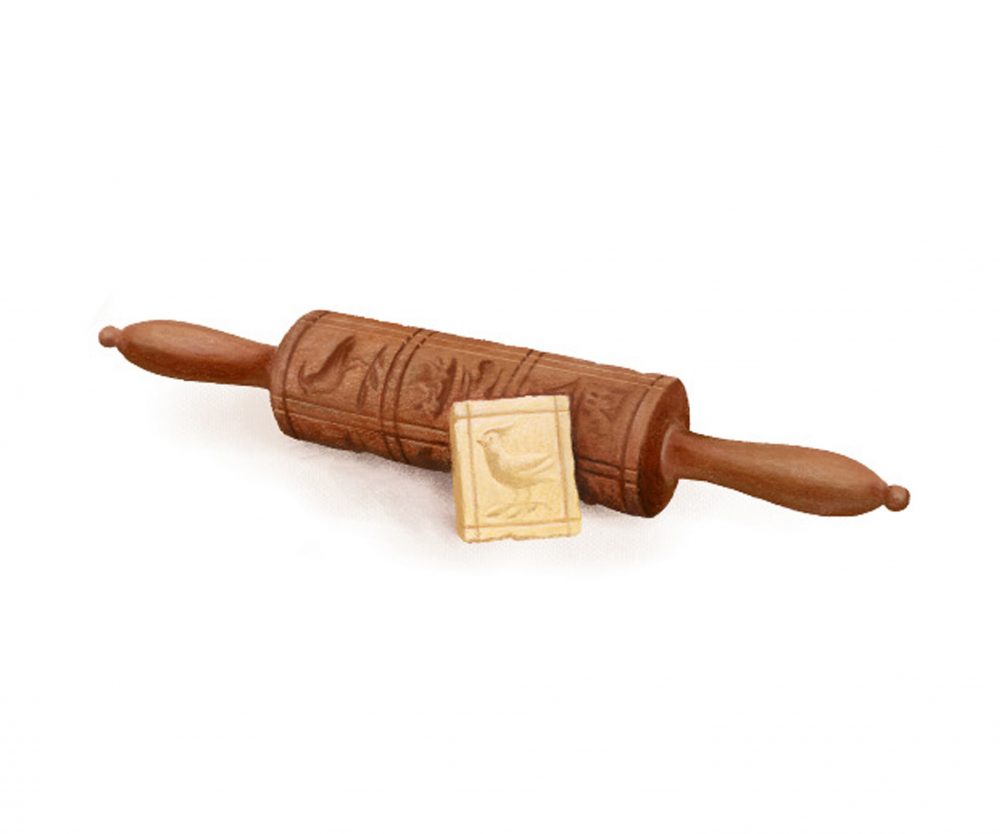
Springerle Rolling Pin
In southern Germany, intricately carved rolling pins are used to create Springerle—airy, anise-scented cookies bearing ornate designs. The barrels are embossed with multiple designs, so bakers simply roll the pin across the dough to create an assortment of decorated cookies in a single pass. Springerle dough is made without fat and uses hartshorn (baker’s ammonia), and each cookie is dried for 24 hours before baking. These methods preserve the cookies’ delicate designs, while also imparting their signature crisp exteriors and chewy interiors.
Ravioli Rolling Pin
Italy’s ravioli rolling pin, also known as a raviolatrice, is a tool that offers a speedier alternative to crafting ravioli one at a time. Most feature a lattice of spacers arranged around the barrel. To make ravioli, an even layer of filling is spread along a thin sheet of pasta, then covered with a second sheet. As the pin is rolled over the dough, it forms uniformly sealed and filled pasta pockets that can later be separated using a pasta cutter.
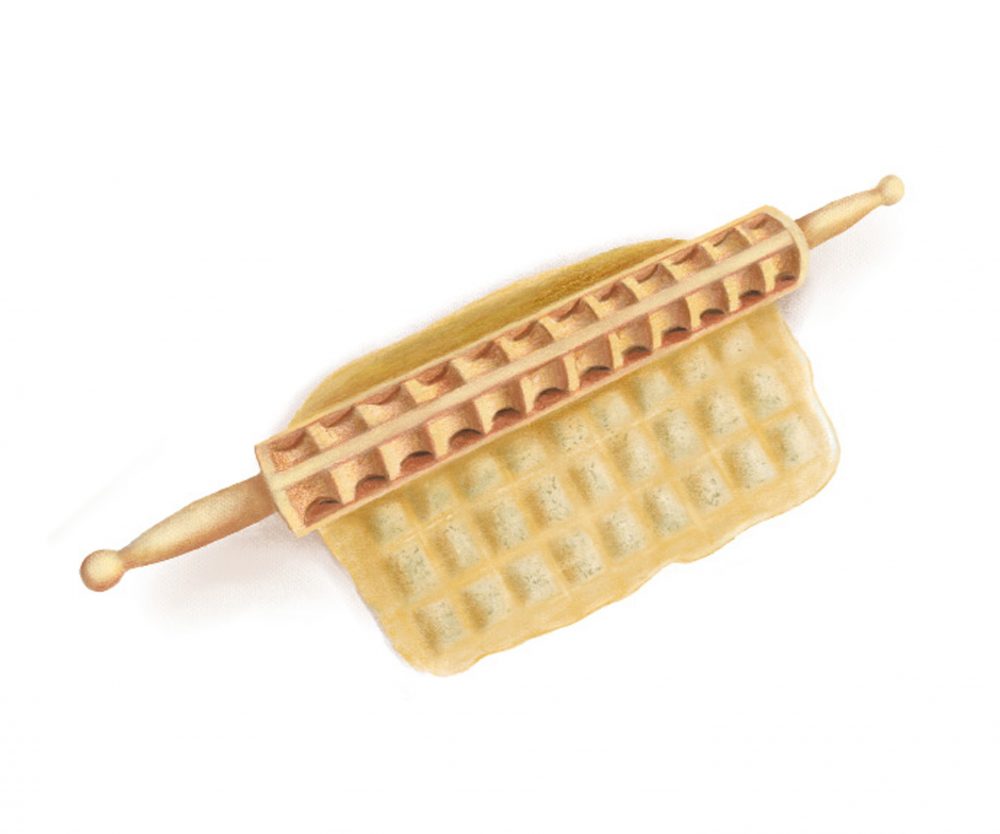
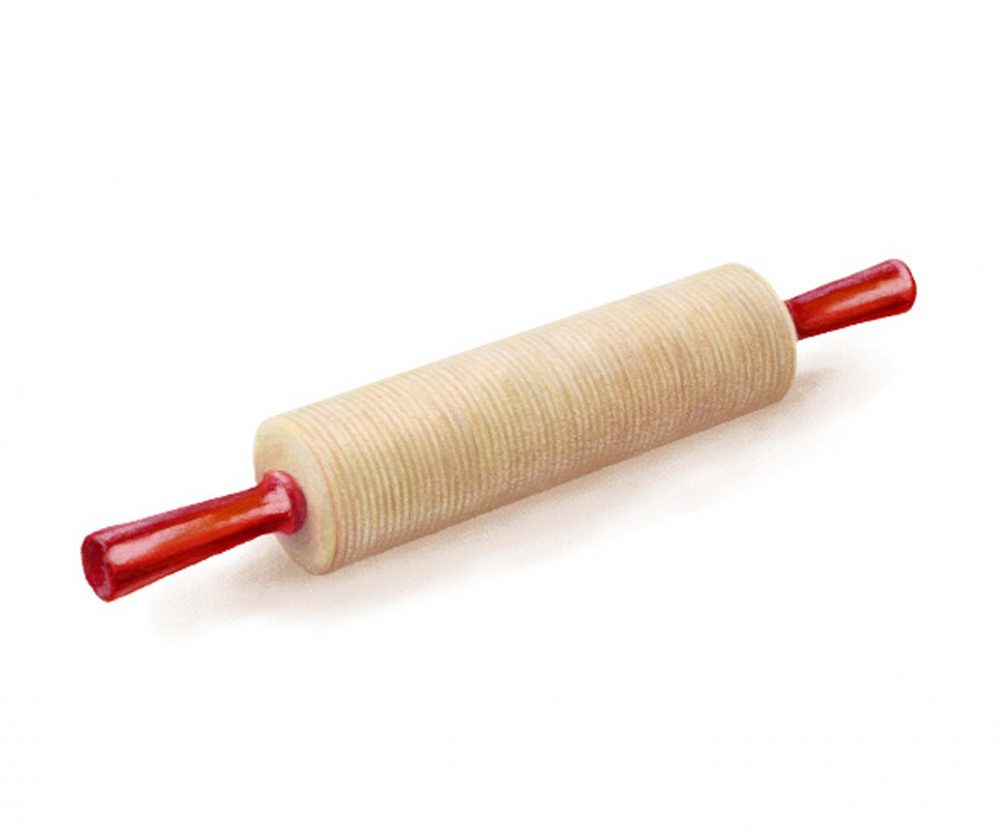
Lefse Rolling Pin
Lefse, a traditional Norwegian flatbread, relies on a special corrugated rolling pin to achieve its unique ridged texture. Slightly thicker than a crêpe, this pancake-like bread doesn’t start with poured batter—it’s a rolled dough, often featuring potato. The pin’s ridges allow the dough to be rolled thin without tearing while preventing it from sticking to the pin. Lefse can be enjoyed sprinkled with cinnamon sugar, or buttered and served alongside lutefisk (made with dried salt cod) as a savory Christmas dish.
Chakla Belan
In India, chapatis, rotis and other thin flatbreads are rolled out with a belan on a circular chakla. Chakla belan (as the set is referred to) come in many shapes and sizes, often reflecting regional cuisine preferences. Materials such as wood or marble offer the smooth nonstick chakla surface needed for making round flatbreads that cook evenly on a griddle. Chakla belan also are used for breads such as stuffed parathas and fried puris, or to roll out pastry for samosas.
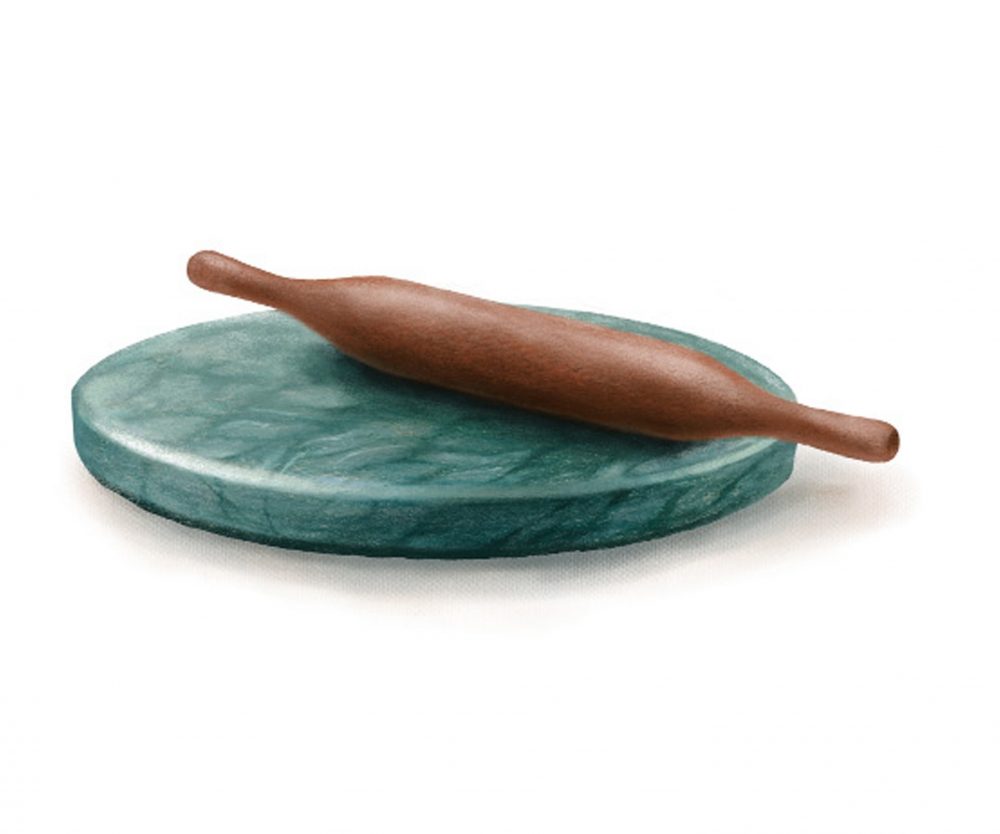
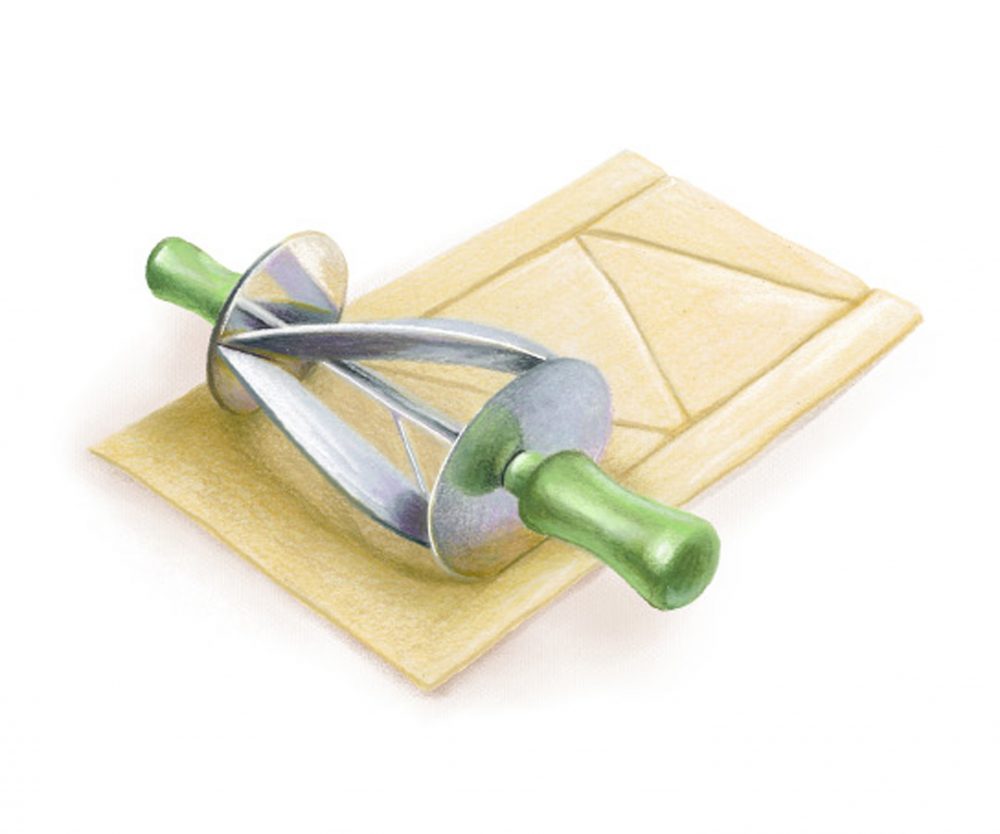
Croissant Rolling Pin
This unique rolling pin (also known as a croissant cutter) is built for pastry precision. As the cutter is rolled along a chilled slab of butter-laminated pastry dough, it produces neat, sharp triangles of uniform size, eliminating the need for laborious hand-cutting. It also minimizes dough handling, which helps keep the pastry cold, crucial for achieving croissants’ signature flakiness.






